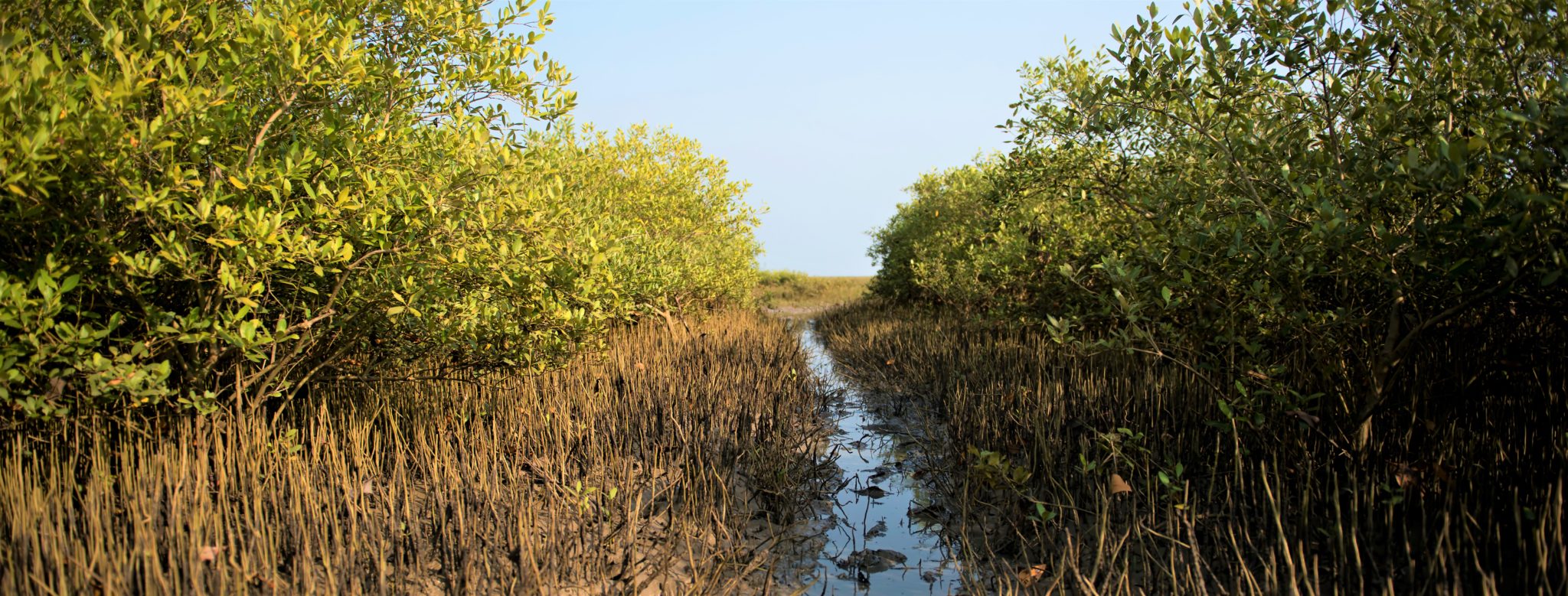
Vibrant Coasts and Deltas
-
Vibrant Coasts and Deltas
Coasts and deltas serve as habitats for diverse species, as well as being important centres for economic growth.
Coastal wetlands such as mangroves and salt marshes, lagoons and mudflats act as a buffer for extreme events, regulate coastal erosion, support coastal livelihoods through fisheries, agriculture and vibrant tourism. We work to conserve and restore wetlands along the coast as an integral part of resilient and productive coastal landscapes.
Deltas and coasts have a disproportionally high concentration of economic infrastructure and population. Unfortunately, the role of coastal wetlands in sustaining the biodiversity values in deltaic landscapes, and supporting lives and livelihoods are not adequately factored in developmental planning processes. The loss of coastal wetlands exposes the deltaic communities to the risks of damages from extreme events, saltwater intrusion, and a decline in fisheries and other resources. Impacts of climate change add to this vulnerability mix, particularly in low-lying areas. Loss of coastal wetlands also adversely impacts the species which use these ecosystems as habitats in various stages of their life-cycle.
Our work aims at sustaining the wide-ranging ecosystem services and biodiversity values of coastal wetlands, as an integral part of building the resilience of coastal areas and deltas. We do so by placing these wetlands within their wider landscape and seascape context. Mapping inter-relationship of coastal wetlands with riverine and coastal processes, enables understanding how threats emerge, and illustrate how coastal wetlands provide values that span far beyond their boundaries. We also work for linking wetlands with strategies for disaster risk reduction and climate change adaptation. We do so in collaboration with all stakeholders that play a role in these complex environments.
